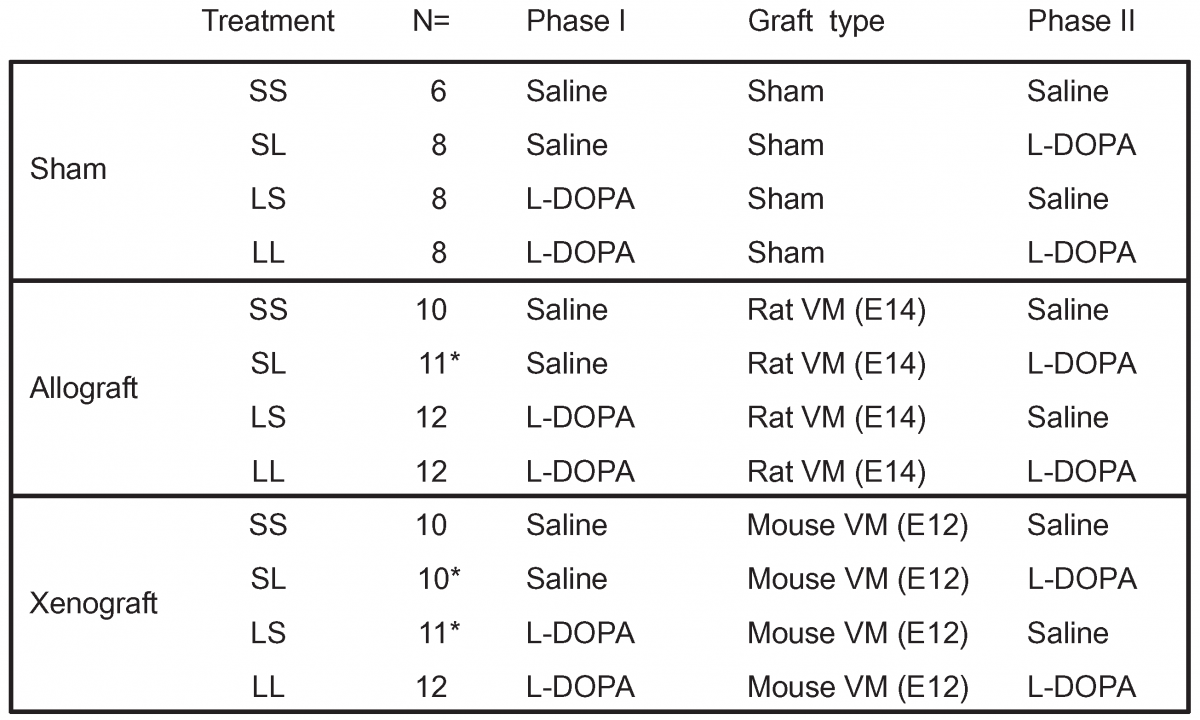Essential 10
2. Sample size Specify the exact number of experimental units allocated to each group, and the total number in each experiment. Also indicate the total number of animals used. examples
2a
Specify the exact number of experimental units allocated to each group, and the total number in each experiment. Also indicate the total number of animals used.
Examples
Example 1
“Treatment and transplantation received by the animals for each group. The group were named after the treatment they received in treatment phase 1 and 2: S = saline, L = L-DOPA thus, SS group received saline in treatment phase 1 and 2, SL group received saline in treatment phase 1 and L-DOPA in treatment phase 2, LS received L-DOPA in Treatment phase 1 and saline in treatment phase 2 and LL received L-DOPA in treatment phase 1 and 2. *These groups originally numbered 12 animals but some developed tumors unrelated to the experiment, so had be removed from the study.” [1]
Example 2
"A total of 240 1-day-old Ross 308 male chicks were randomly allocated into eight equal groups with three subgroups of 10 birds each." [2]
- Breger LS, Kienle K, Smith GA, Dunnett SB and Lane EL (2017). Influence of chronic L-DOPA treatment on immune response following allogeneic and xenogeneic graft in a rat model of Parkinson's disease. Brain Behav Immun. doi: 10.1016/j.bbi.2016.11.014
- Giannenas, I., Tsalie, E., Triantafillou, E., Hessenberger, S., Teichmann, K., Mohnl, M., & Tontis, D. (2014). Assessment of probiotics supplementation via feed or water on the growth performance, intestinal morphology and microflora of chickens after experimental infection with Eimeria acervulina, Eimeria maxima and Eimeria tenella. Avian Pathology, 43(3), 209–216. https://doi.org/10.1080/03079457.2014.899430

 [1]
[1]